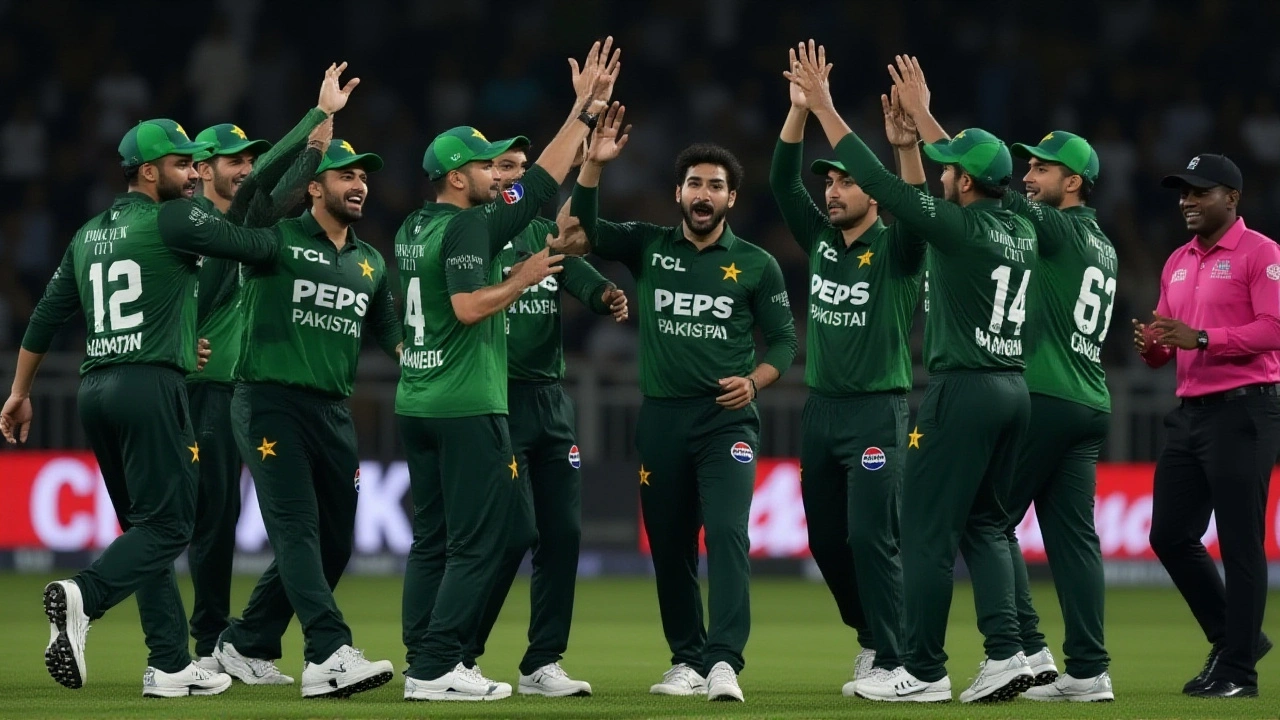Tri-Series: What It Is and Why It Matters
When you hear Tri-Series, a competition where three teams face each other in a set of matches, usually following a round‑robin schedule. Also known as a Three‑Team Series, it gives each side a fair chance to prove itself while keeping fans glued to the action. The format shines in sports like cricket, where a Cricket, bat‑and‑ball game played internationally with distinct formats like Tests, ODIs, and T20s and in rugby, where a Rugby, team sport featuring two fifteen‑player sides competing for tries and points tournament can create a mini‑championship that feels like a World Cup on a smaller scale.
How the Tri‑Series Structure Works
The core idea is simple: three teams rotate through each other, playing an equal number of games. This round‑robin approach means every team gets a home and away fixture in many cases, which helps balance home‑field advantage. Because the schedule is compact, organizers can wrap the whole series into a few weeks, making it ideal for broadcasters looking for high‑intensity content and for fans who want a quick, decisive conclusion. The points system usually mirrors larger tournaments – win = 2 points, tie/no‑result = 1 point – and the team with the most points lifts the trophy. If two teams finish level, net run rate in cricket or points difference in rugby breaks the tie.
Beyond the mechanics, a Tri‑Series often serves bigger purposes. In cricket, it can act as a warm‑up for a World Cup, giving squads a chance to test line‑ups under pressure. In the women’s game, recent tri‑series have boosted visibility, as seen when Australia Women dominated Pakistan in Colombo, moving to the top of the World Cup leaderboard. In football, a “Tri‑Series” label might appear for a set of friendlies or a mini‑tournament, like the Monday Night Football clash between the Chiefs and Jaguars that drew massive betting interest. Even in rugby, the EPCR’s upcoming calendar lists a champion cup final in Bilbao, hinting at multi‑team finals that echo the tri‑series spirit. These cross‑sport examples show that the format isn’t just about numbers; it influences preparation, media coverage, and fan engagement.
What’s great about following a Tri‑Series is the variety. You’ll see high‑stakes cricket matches where a single over can swing the series, gritty rugby contests decided by a last‑minute try, and football games that generate betting buzz because every result reshapes the table. Below you’ll find the latest stories – from Australia Women’s 89‑run rout of Pakistan to the Chiefs‑Jaguars odds debate, from Kenya’s NYOTA youth programme launch to the EPCR’s Bilbao finals plan. Each article gives you a slice of how the tri‑team format plays out across sports, regions, and even politics. Dive in to see how the format shapes strategies, creates drama, and keeps the sport world buzzing.
Pakistan crushes Afghanistan by 75 runs in Sharjah T20I Final
Pakistan hammered Afghanistan by 75 runs in Sharjah's T20I final, highlighted by Mohammad Nawaz's five‑for‑19 hat‑trick, boosting Pakistan's momentum ahead of the Asia Cup.
More
